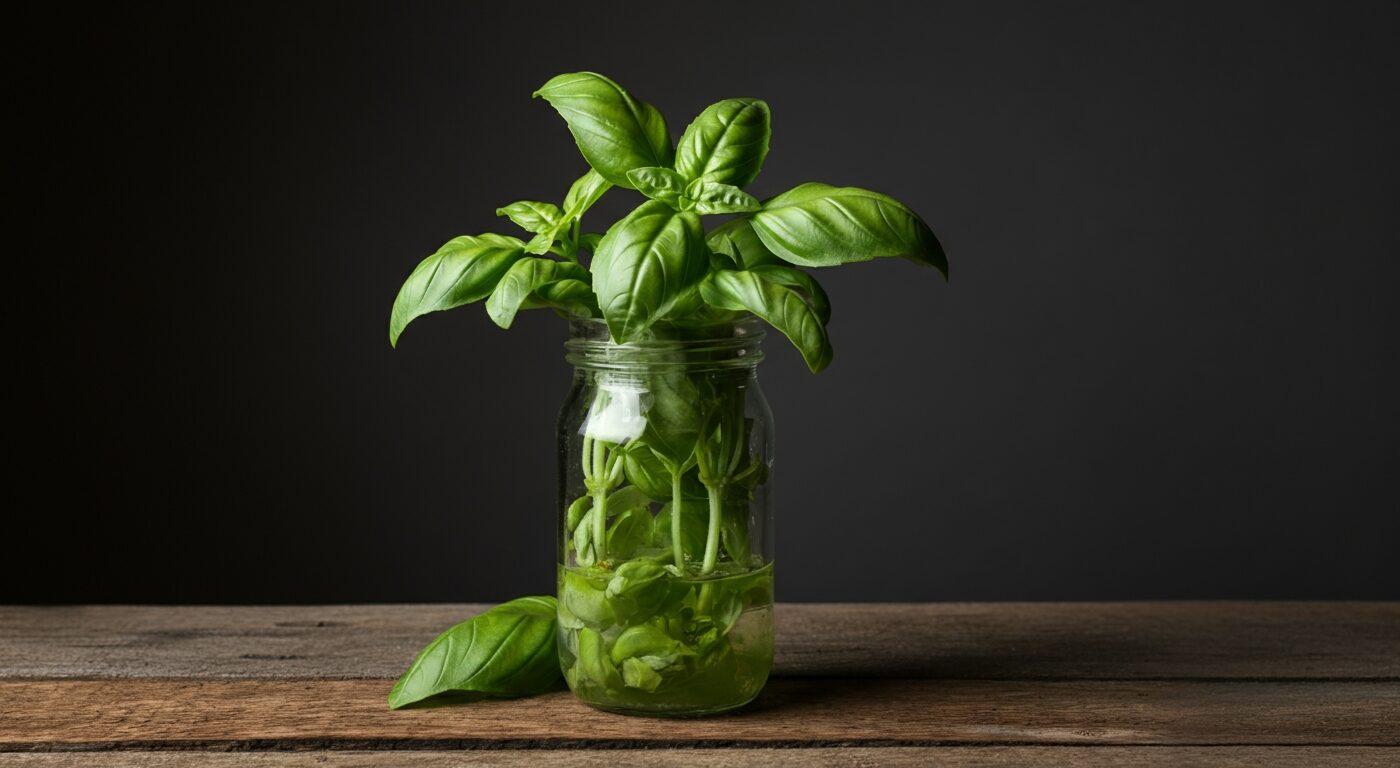How to Keep Fresh Basil
Fresh basil is a fragrant, flavorful herb that instantly elevates pasta, salads, sauces, and more. Whether you’ve brought home a bunch from the store or harvested your own garden supply, knowing how to store basil properly will help you make the most of every leaf.
Basil is easy to grow indoors or outdoors, and it’s available year-round. However, once picked, it wilts quickly if not handled correctly. Luckily, with the right techniques, you can keep basil fresh for up to 10 days—or preserve it for months in the freezer.
Best Way to Store Fresh Basil
Start with quality: choose basil with vibrant green leaves and no signs of wilting, browning, or bruising. Avoid refrigerating fresh basil. Cold temperatures can damage the leaves, causing them to blacken. Room temperature is best.
Trim the stems
Cut about ½ inch from the base of the stems.
Place in water
Stand the trimmed stems upright in a glass or jar with 1 inch of cold water.
Keep leaves dry
Make sure only the stems are submerged—wet leaves can rot quickly.
Cover loosely
Drape a plastic bag over the top of the basil to maintain humidity while allowing airflow.
Change water regularly
Refresh the water every 1–2 days to keep it clean and fresh.
Avoid direct sunlight
Store the jar on the counter away from sunlight or heat sources.
How to Freeze Basil

If you have more basil than you can use in a week, freezing is a fantastic way to preserve its taste and aroma. Here are three effective methods:
Make and Freeze Pesto
Blend basil into a pesto and freeze it in small containers or ice cube trays. Once solid, transfer cubes to a freezer-safe bag. Use them anytime for pasta, dressings, or sandwiches.
Blanch and Freeze Basil Leaves
Preserve the basil’s color and flavor with this simple process:
Blanch leaves in boiling water for 5–10 seconds.
Immediately plunge them into an ice bath.
Dry thoroughly with a clean towel.
Freeze whole or chopped leaves in airtight freezer bags or containers.
Freeze Basil with Olive Oil
Chop fresh basil, mix it with just enough olive oil to coat the leaves, and spoon the mixture into ice cube trays. Once frozen, store cubes in sealed bags—perfect for tossing into soups, sauces, or sautés.
Choosing the Right Basil for Your Recipes
Not all basil is the same! Here are a few popular types and their best uses:
Sweet Basil – Classic Italian basil, ideal for pesto, Caprese salad, and pasta.
Genovese Basil – A variety of sweet basil with bold, aromatic flavor—great for pizza and sauces.
Thai Basil – Has a spicy, licorice-like flavor. Perfect for stir-fries and Southeast Asian dishes.
Lemon Basil – Light and citrusy, great for seafood dishes, herbal teas, and dressings.













